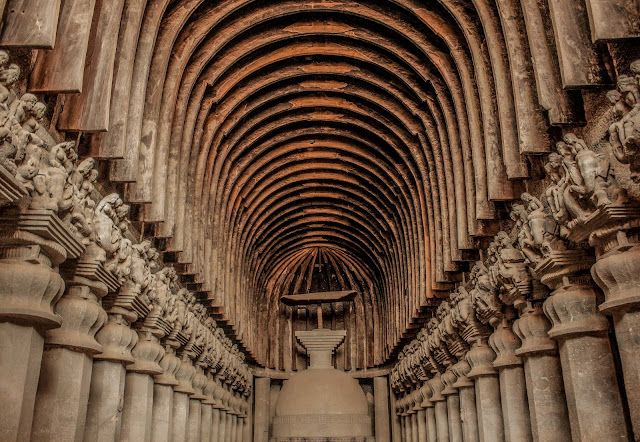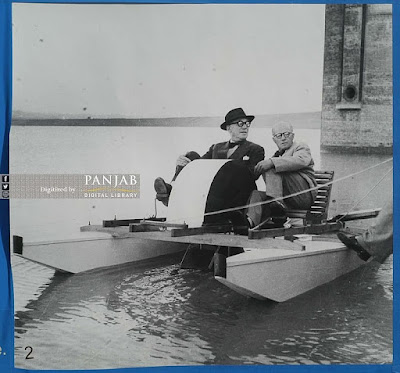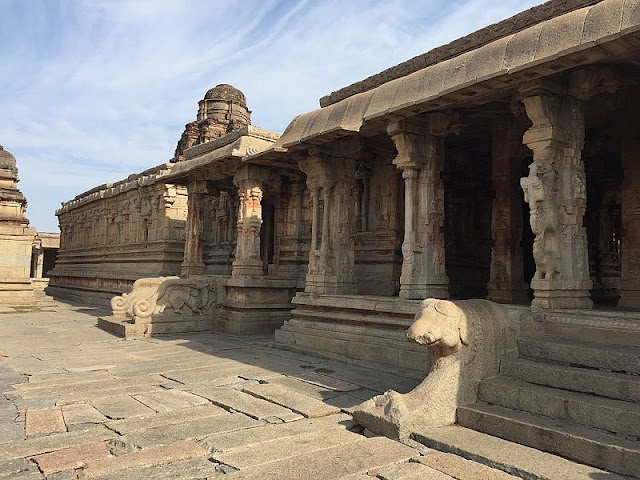Sheesha Mahal, Mehrangarh Fort / Image credit Emphatically not to be missed while you're in Jodhpur is a visit to the historic Mehrangarh Fort. This impressive fort, whose ramparts rise from a sheer-sided sandstone outcrop, houses several beautiful palaces, temples and gardens. As you enter the crenelated walls of the fort through its arched gates, it is like stepping into the medieval past. Mehrangarh Fort / Image Credit Crowning a perpendicular cliff, the Mehrangarh Fort was founded by Rao Jodha in 1459 AD , around which the city grew. Within it, the fort contains the Maharaja's palace, several temples and an extensive garden. Highlights of the fort include Moti Mahal (Pearl Hall), Sheesh Mahal (Mirror Hall), Phool Mahal (Flower Hall), Zenana Deodi where the king’s wives spent their time, Chamunda Mataji Temple and a museum.
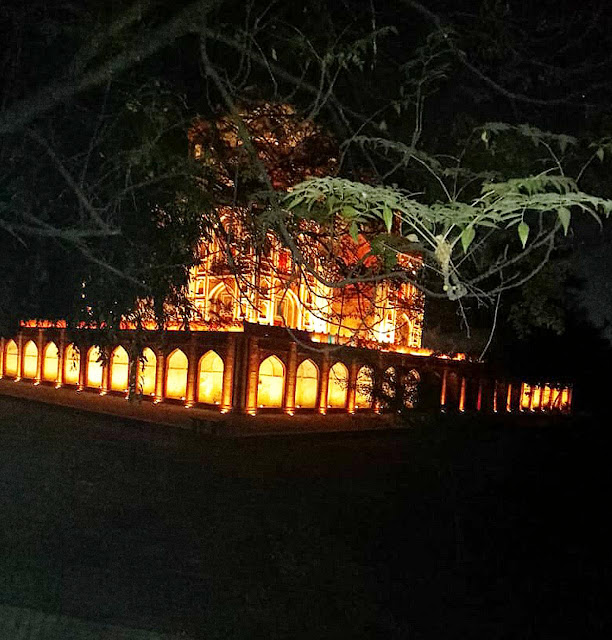
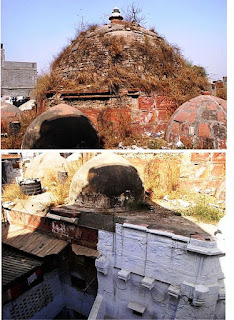

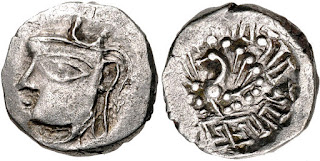
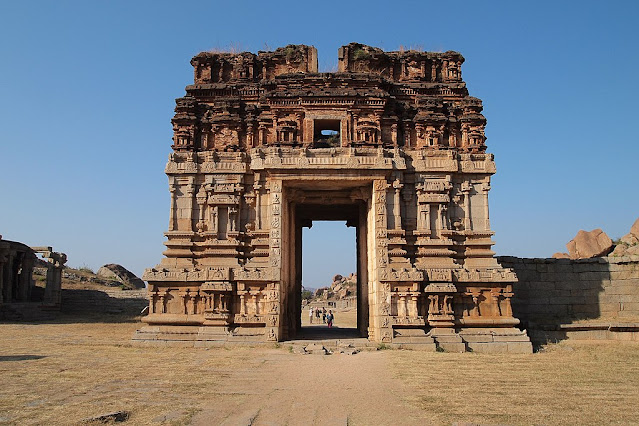
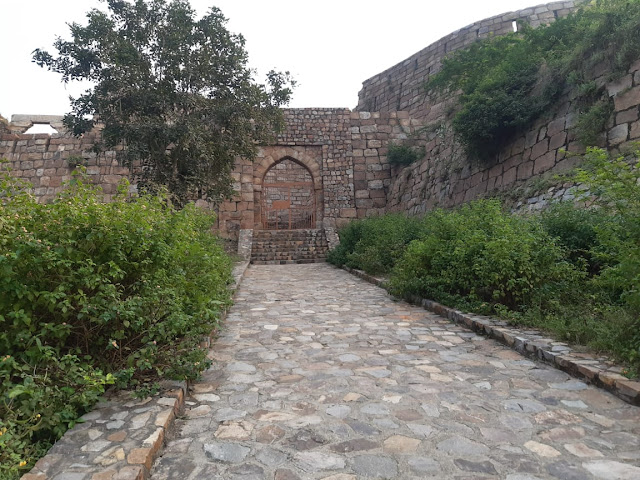

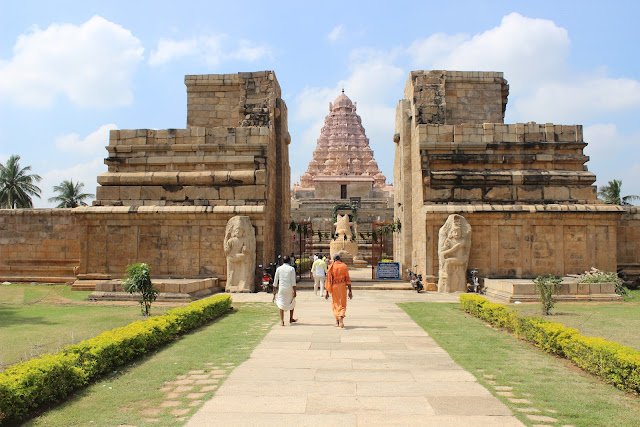

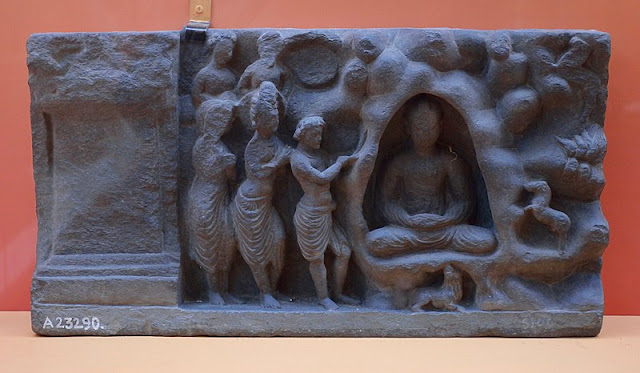





.jpg)
